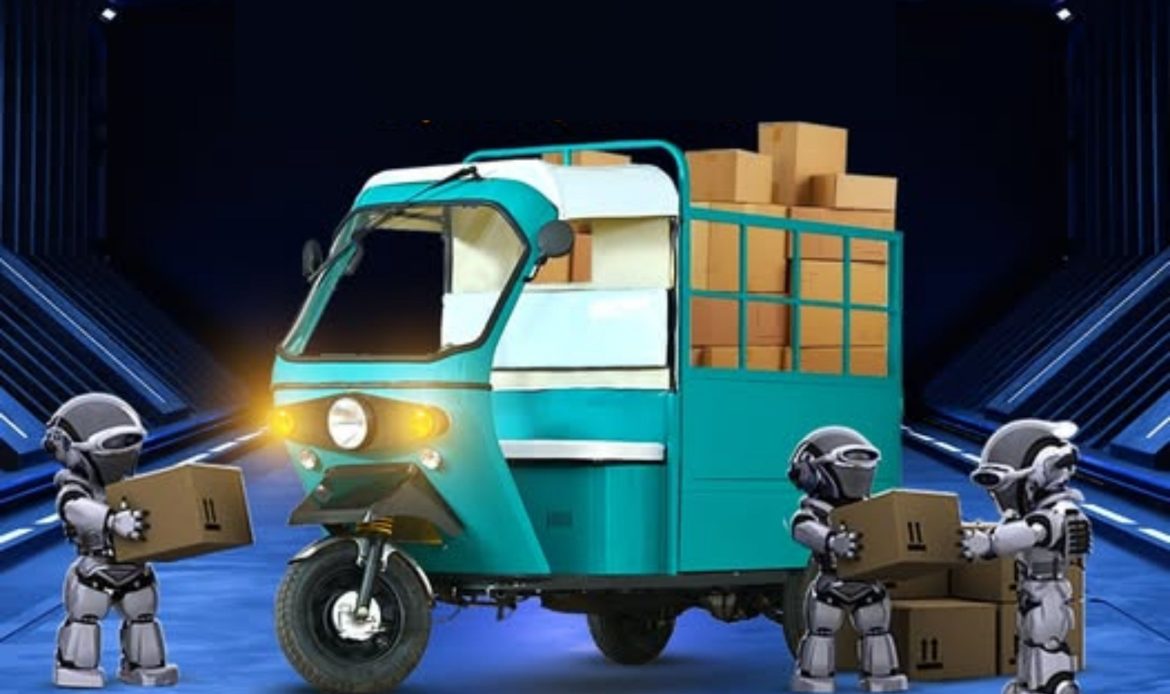Last-mile connectivity remains one of India’s most persistent urban and semi-urban mobility challenges. The phrase refers to the final leg of a passenger’s journey between a main transit hub and the destination. Transport planners and commuters alike recognise that inefficiencies in this segment create friction that reduces the overall utility of public transport. Electric rickshaws have emerged as a pragmatic, scalable solution to that problem. These vehicles combine affordability, operational flexibility, and reduced environmental impact to deliver a strong value proposition for cities, peri-urban areas, and smaller towns.
The structural problem: why last-mile matters
The success of mass transit depends on how easy the entry and exit points are to and from the stations. Transit users will skip mass public transport altogether and opt for private vehicles or paratransit when the first or last leg is expensive or complicated. This means more congestion and pollution. Factors that worsen the last mile problem are sporadic feeder services, pedestrian infrastructure, uneven demand density and affordability for the economically disadvantaged. In rural and peri-urban areas fixed route services are often unviable, making the last mile problem even worse.
Why electric rickshaws fit the niche
Electric rickshaws align with the operational and economic realities of last-mile mobility in several ways:
- Right-sized capacity and flexibility. E-rickshaws typically carry two to four passengers plus small luggage. That capacity matches the demand profile of last-mile trips which are short and often lightly loaded. Their compact footprint enables navigation of narrow streets and residential lanes that standard buses or vans cannot access.
- Lower operating costs. Electricity as a fuel source is considerably cheaper per kilometer than petrol or diesel for small vehicles. Reduced mechanical complexity relative to internal-combustion engines translates into lower maintenance costs. These financial advantages increase margins for drivers while keeping fares affordable for passengers.
- Affordability for users and operators. Purchase prices and operating economics of e-rickshaws are substantially lower than those of four-wheeled vehicles. This reduces the entry barrier for drivers and fleet operators and enhances the viability of last-mile services in low-income neighborhoods.
- Environmental benefits. Zero tailpipe emissions reduce local air pollution in dense urban neighborhoods where last-mile travel concentrates. Noise levels are also lower, improving quality of life in residential corridors.
- Employment generation. Adoption of e-rickshaws creates livelihood opportunities for drivers, battery swap attendants, chargers, and local vehicle maintenance services. The sector supports microentrepreneurship and can absorb labor displaced from traditional informal transport sectors.
Real-world operational models
Several operational models demonstrate the adaptability of e-rickshaws to last-mile needs:
- Owner-driven single units. Independent drivers operate point-to-point trips where demand is scattered. This model thrives in smaller towns and residential clusters.
- Micro-fleet and aggregator platforms. Small operators manage multiple vehicles and integrate into app-based dispatch platforms or local station-based feeder arrangements. Coordination with transit agencies or private bus operators improves service reliability.
- Shuttle loops and feeder routes. Fixed short-loop services around metro or bus terminals provide predictable connections timed to arrive and depart with scheduled services. These loops can be subsidized or run on a commercial basis depending on demand.
Challenges to wider adoption
Adoption has not been frictionless. Key challenges include:
- Battery management and range anxiety. Quality of batteries and the supporting charging infrastructure vary widely. Limited vehicle range can restrict operational hours or require time-consuming mid-day charging.
- Safety and standards. Heterogeneity in vehicle build quality and absence of uniform safety norms raise concerns for passenger safety, especially when vehicles operate at night or on mixed-traffic roads.
- Regulatory fragmentation. State and municipal regulations differ in classification, licensing, and road access rights for electric rickshaws. Unclear rules impede investment and formalisation.
- Perception and integration. Public transport planners sometimes view e-rickshaws as informal actors rather than partners in the mobility ecosystem. This perception can prevent strategic integration with mass transit systems.
Solutions and the way forward
Addressing challenges requires coordinated policy, private-sector innovation, and local governance:
- Improved battery ecosystems. Deployment of standardised battery-swap stations and incentives for higher-quality lithium-ion systems will extend operational range and reduce downtime. Private investment in micro-grid charging hubs near transit nodes would prove effective.
- Regulatory clarity and formalisation. Clear licensing frameworks, vehicle safety standards, and driver training requirements will professionalise the sector. Registration and adherence to minimum quality benchmarks will protect passengers and legitimise operators.
- Integrated planning. Municipal authorities and transit agencies should plan designated e-rickshaw bays, priority access lanes where feasible, and synchronized schedules for feeder services. Contracts or partnership models can be used to guarantee coverage of lower-demand nodes while preserving operator economics.
- Technology-enabled operations. Aggregator platforms can optimise fleet utilisation, reduce empty runs, and provide fare transparency. Real-time data sharing between e-rickshaw operators and transit agencies will improve demand forecasting and reduce passenger wait times.
- Social and financial supports. Microfinance solutions and targeted subsidies can enable drivers to transition from conventional three-wheeled ICE rickshaws to electric models. Training programmes for vehicle maintenance and safety practices will increase professionalism.
Conclusion
E-rickshaws wont solve last mile in all cases. Last mile is best solved when e-rickshaws are part of a comprehensive multimodal framework of fixed route buses, metro and non motorised transport corridors. Combination of e-rickshaws with good policy, infrastructure and market framework leads to radical changes reduced travel time and cost, better air quality and new jobs. E-rickshaws are a viable last mile solution for towns and cities in India looking to improve public transport in a cost-effective and scalable way.


